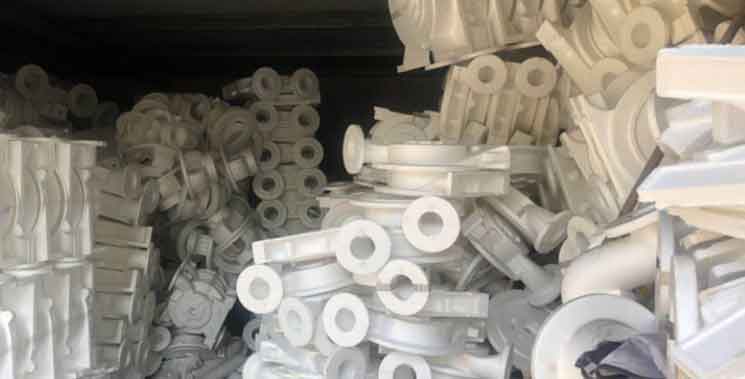Lost foam casting, also known as evaporative pattern casting or EPC, is indeed a revolutionary metal casting process that has redefined metal fabrication practices in several ways. Here are some of the key aspects in which lost foam casting has made a significant impact:

- Design Freedom: Lost foam casting allows for the creation of complex and intricate geometries that may be challenging or costly to produce using traditional casting methods. The foam patterns used in lost foam casting can be easily shaped and customized, enabling designers to push the boundaries of part complexity and achieve innovative designs.
- Near-Net-Shape Parts: Lost foam casting produces near-net-shape parts with minimal machining requirements. This reduces material waste, machining costs, and lead times, making it a cost-effective and efficient metal fabrication method.
- Reduced Tooling Costs: Compared to traditional casting methods, lost foam casting often requires lower tooling costs. Creating foam patterns is less expensive and less time-consuming than producing molds or dies for other casting techniques.
- Time Savings: Lost foam casting combines the processes of pattern production, mold making, and casting into a single step, reducing the overall production time for complex components.
- Integration of Components: Lost foam casting allows the integration of multiple components into a single casting. This eliminates the need for separate parts and reduces assembly time and costs.
- Less Environmental Impact: As mentioned earlier, lost foam casting is more environmentally friendly due to reduced material waste, lower energy consumption, and no sand waste. The process aligns with sustainable manufacturing practices and eco-conscious initiatives.
- Versatility in Material Choice: Lost foam casting can accommodate various materials, including aluminum, iron, steel, and other alloys. This flexibility makes it suitable for a wide range of applications across industries.
- Consistent Quality: The lost foam casting process yields consistent and uniform results, ensuring that each casting meets the required specifications and quality standards.
- Automation Potential: Lost foam casting has the potential for automation, making it more attractive for high-volume production scenarios where consistency and cost efficiency are paramount.
- Accessibility for Prototyping: The ability to produce near-net-shape parts and rapid tooling turnaround in lost foam casting makes it an attractive option for rapid prototyping and product development.
While lost foam casting has revolutionized metal fabrication in many ways, it is essential to consider the specific requirements and complexity of each project to determine the most suitable casting method. By offering unique advantages and expanding design possibilities, lost foam casting continues to transform how industries approach metal component production and opens new doors for innovative engineering solutions.
